After multiple trips to Austrian wine regions (including Burgenland Domäne Wachau, and the heart of Sekt country), one of the things I’m struck by is how delicious, yet under the radar some of the country’s indigenous varietals are. Of course many of us know and love Grüner Veltliner, which is practically synonymous with Austria. Grüner may pop up in other places here and there, but there is nothing like Austrian Grüner Veltliner. The razor-sharp acidity, lemon-lime and white pepper are notable characteristics of Austria’s signature variety. But there is more to the story than Grüner. I’ve been fortunate to drink a variety of unique Austrian wines that are worth seeking out. So when you’re ready to mix things up a bit, give some love to these Austrian indigenous wines.

Rotgipfler
I first had Rotgipfler during a visit to Austria’s Thermenregion and so enjoyed learning about it.
A white wine that is indigenous to Austria, Rotgipfler came about from a crossing of Traminer and Roter Veltliner and is found almost exclusively in the Thermenregion. Typically found as a varietal wine, Rotgipfler can also be found blended with Zierfandler, which is also indigenous to Thermenregion. Wines typically exhibit stone fruit, pear, melon, and almond along with floral and spice characteristics and have notable levels of acidity. As its grown in a warm region, alcohol levels can creep up. Rotgipfler has also proven versatile and can be used in dry wines, off-dry, late-harvest and even sweet dessert wines. And more and more, the wines are becoming known for their aging potential.
Stadlmann Ried Pfaffstättner Tagelsteiner Rotgipfler. The Stadlmann Ried Pfaffstättner Tagelsteiner Rotgipfler is a great representative of the heights to which Rotgipfler can reach. As an FYI, “Ried” refers to a single vineyard, so this is a single-vineyard wine from the Tagelsteiner vineyard just outside the town of Pfaffstätten. The vineyard site is located at high altitude and is know for its gravelly, clay-limestone soils which leads to a concentrated, expressive, and powerful wine. And one that is capable of aging. A nice balance of fruit and savory characteristics with just a great, textural mouthfeel. It walks a nice line of chalky mineral and acidity balanced by juicy tropical and stone fruit.
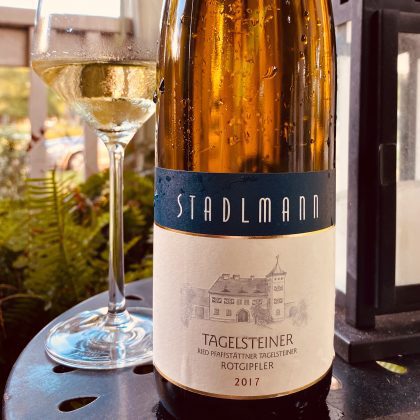
And I love that I’ve been able to find it in a number of places locally, including in restaurants such as Georgia James, Local Foods, and Better Luck Tomorrow.
Zweigelt
Controversial name.1 But NOT controversial in how tasty it is! Zweigelt, which is the most widely planted red grape in all of Austria, is primarily limited to Neusiedlersee in Burgenland where it enjoys DAC status. This cross of Blaufränkisch and St. Laurent has a reputation as a fruity, light-bodied wine with low tannins and vibrant acidity. But in reality, Zweigelt can cover a wide spectrum from fruity, easy-drinking, non-wood versions to bold, structured wines that see some oak. Particularly, growers in the Carnuntum region are focused on limiting its yields with the goal of making more structured and intense wines. Overall, Zweigelt is known as a crowd pleaser that both white and red wine drinkers alike can enjoy. In Neusiedlersee, the wines are rich and opulent with juicy cherry fruit. I also love that these wines can take a bit of a chill which makes them great as summer reds, in the vein of Schiava or Gamay. Or better yet, get your hands on a rosé and I dare you not to finish it!
Judith Beck Zweigelt. I’m such a fan of Judith Beck’s wines and actually had a great time visiting with her a few years ago. Her Zweigelt, which is biodynamic, organic and vegan, is always a delicious sip. Red and black berries, cinnamon spice and everything nice. And for my Houston peeps, I’m totally geeked that Houston Wine Merchant carries some of her wines, including an amazing blend of Zweigelt and St. Laurent.
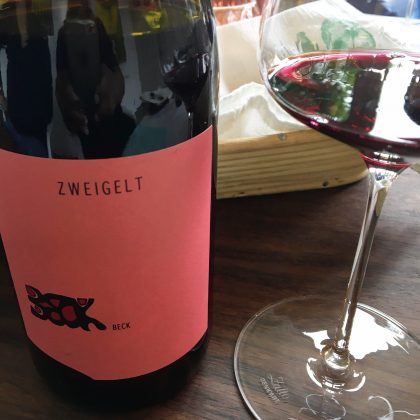
Stefan Pratsch Zweigelt Rosé. For Zweigelt Rosé, grab a bottle of Stefan Pratsch rosé ($17 from wine.com). For Pratsch, organic winegrowing is approached in a holistic and comprehensive manner. With vines over 50 years old (30 years under organic growth), the wines exhibit a purity and complexity that makes you go back for more. This beauty provides plenty of the red berry fruit for which Zweigelt is known, but also provides some stone fruit, gala apples, and a touch or herbs. The tinge of slight effervescence just made me happy y’all.
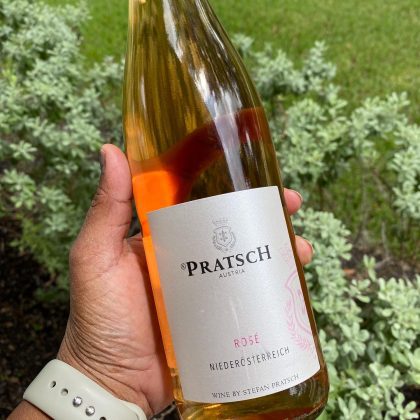
Roter Musksteller
Though not necessarily one of the many Austrian indigenous wines, Roter Musksteller (aka Muscat Blanc à Petit Grains, Moscato bianco, Muscat blanc, Muscat Canelli, Moscatel) has been growing in popularity and grows beautifully in several of Austria’s wine growing regions, particularly Styria and Niederosterreich. One of the world’s oldest varieties, the ancient Muskateller has quite the passport stamps as its found in a number of countries around the world. Roter (Red) and Gelber (Yellow) Muscat are differentiated by the color of their berries. If you enjoy aromatic wines like Riesling, Gewürztraminer, and Torrontes give Roter Musksteller a whirl.
Weinwurms Ried Schilling Roter Musksteller. The Weinwurms Ried Schilling Roter Musksteller from Niederosterreich is a party for the nose. Wildly aromatic with lots of floral and tropical fruit notes of mango, apricot, and peach. There was even some of the classic lychee that you find in Gewürztraminer. This wine screams for some delicious Asian cuisine. We enjoyed with Korean twice fried wings with a spicy soy sauce and and fried rice with bulgogi, pulled pork, scallion, garlic. Such a tasty pairing.
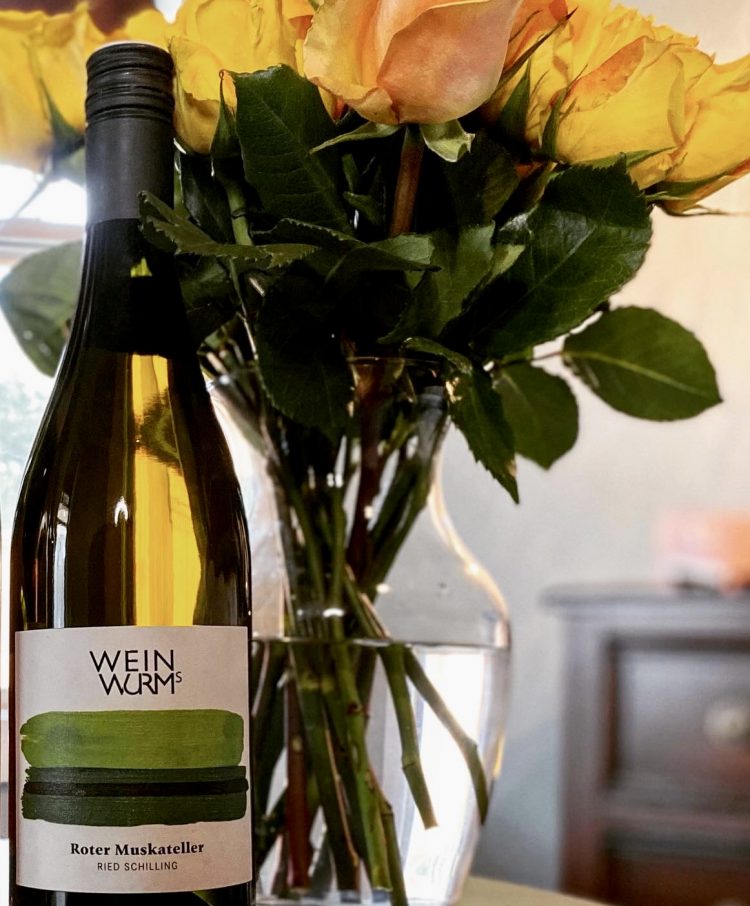
Looking for some other unique Austrian indigenous wines? For red, do try St. Laurent which I’ve sung the praises of on a number of occasions. And how I love Blaufränkisch. If you’re looking for white wines, seek out Roter Veltliner, Neuberger (which is another Judith Beck wine that I love), or Zierfandler (Spätrot). There’s so much to discover when it come to Austrian indigenous wines. I do hope you get out there and experience some.
- Friedrich ‘Fritz’ Zweigelt was an Austrian entomologist and phytologist and quite influential in Austria’s wine industry, particularly from 1921 to 1945. We also now know that he was a Nazi. During his career, he served as Head of State Vine Cultivation as well as Director of the School of Viticulture and Horticulture in Klosterneuberg, near Vienna. He was also the person that created “Blauer Zweigelt” which today bears his name. The grape was initially called Rotburger until a petition in the late 1960s was successfully made to rename the grape in his honor. It would be decades before his Nazi sympathies and affiliation became known. And once it became known, the question then was what to do about it. No one questions the great influence he had on the wine industry. What is questioned is whether the grape should continue to bear his name. Some believe that keeping the name helps us to remember the past and that we should never forget what occurred. Others absolutely think the name should be changed with some producers reverting back to the use of ‘rotburger’ on their labels.

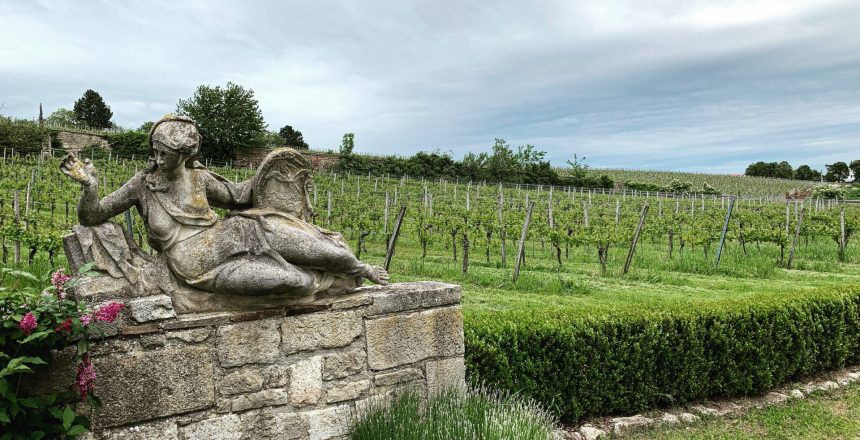
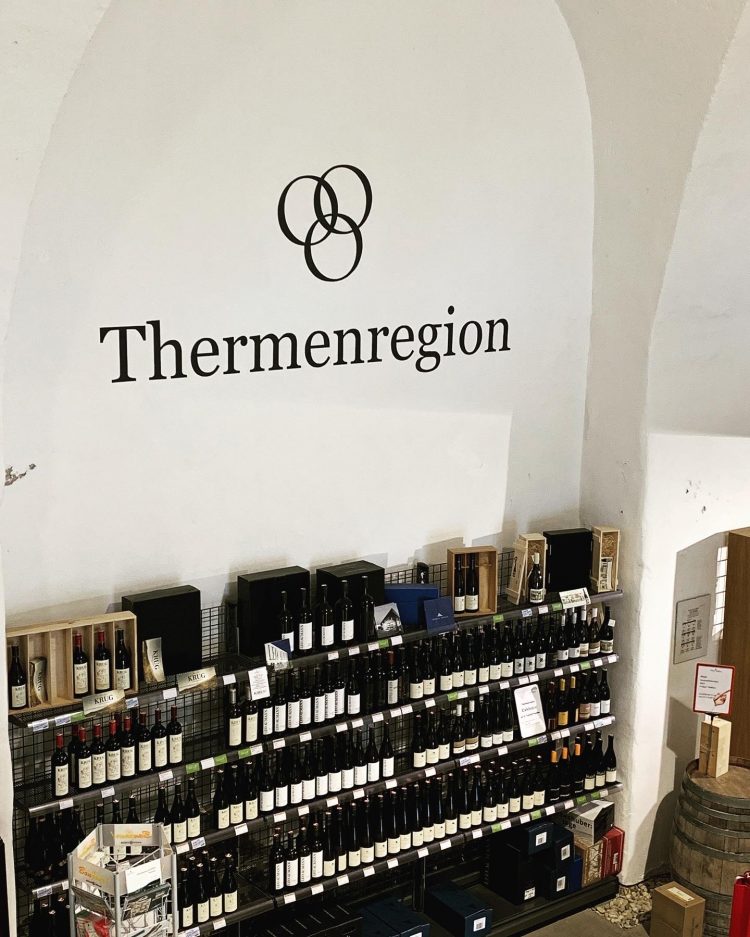
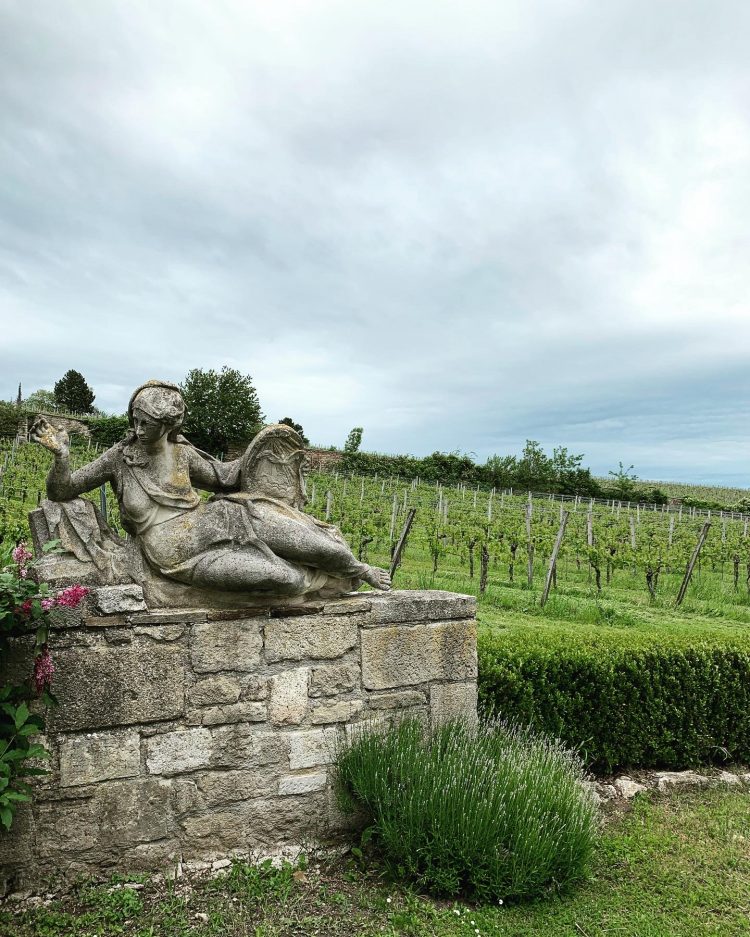
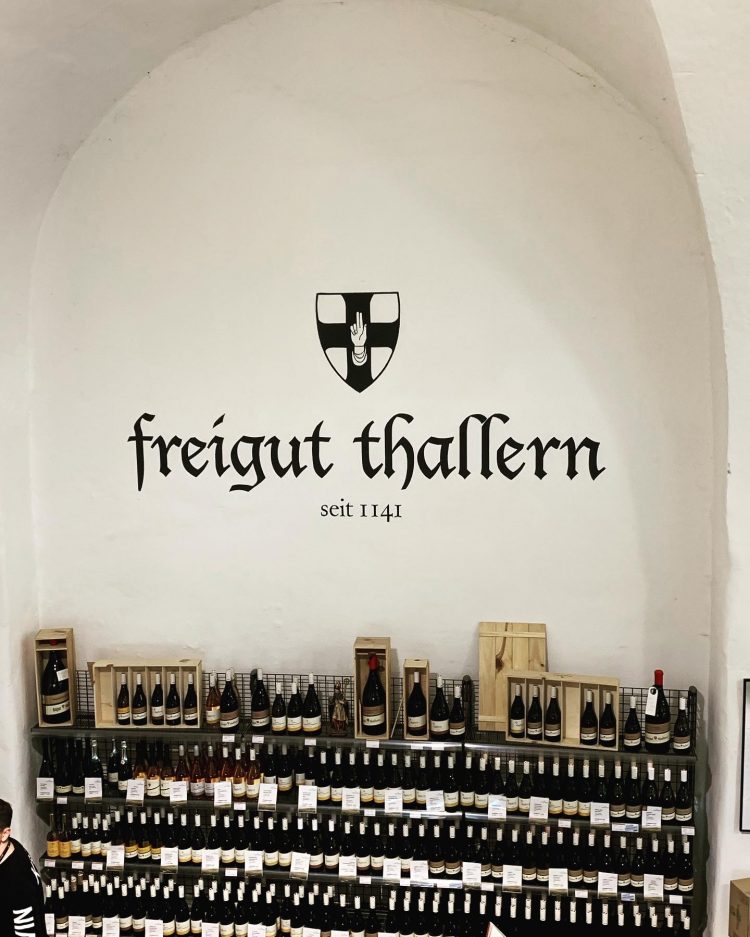
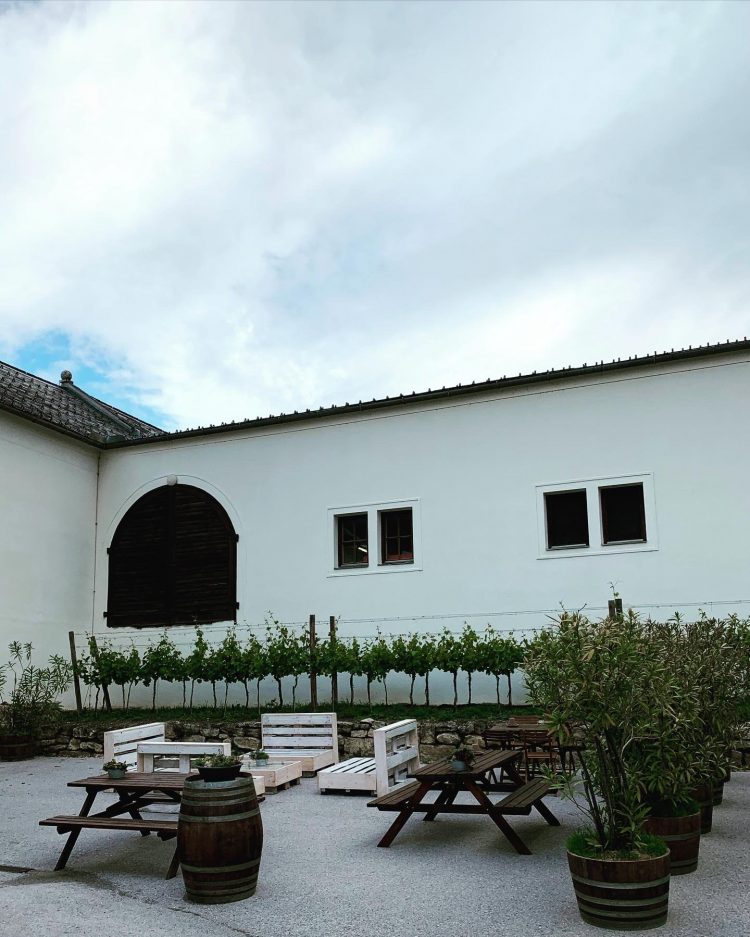
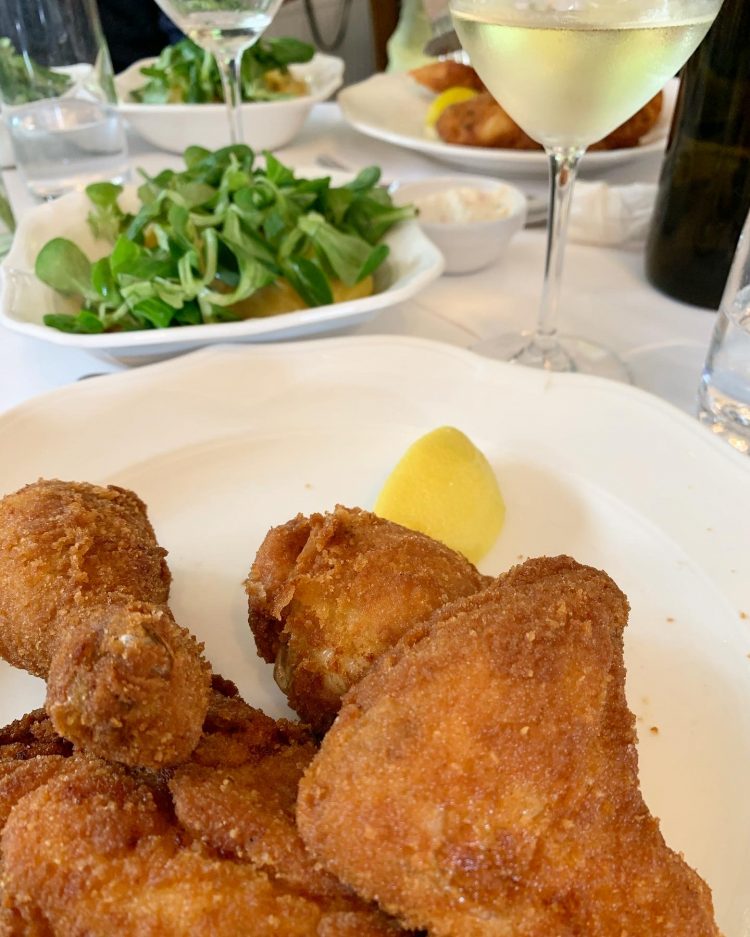
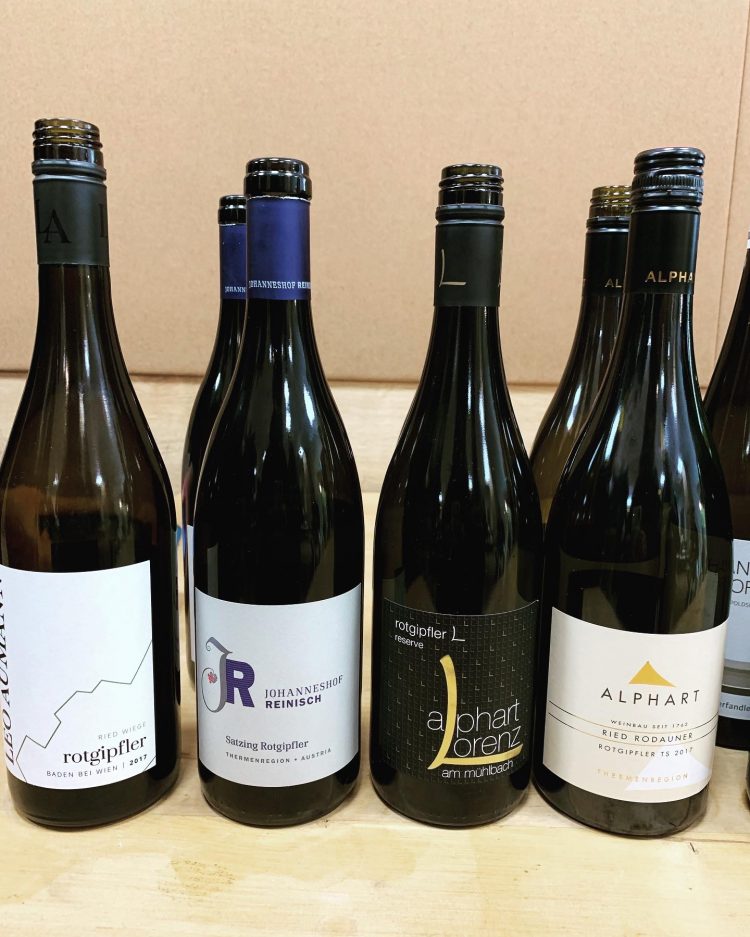
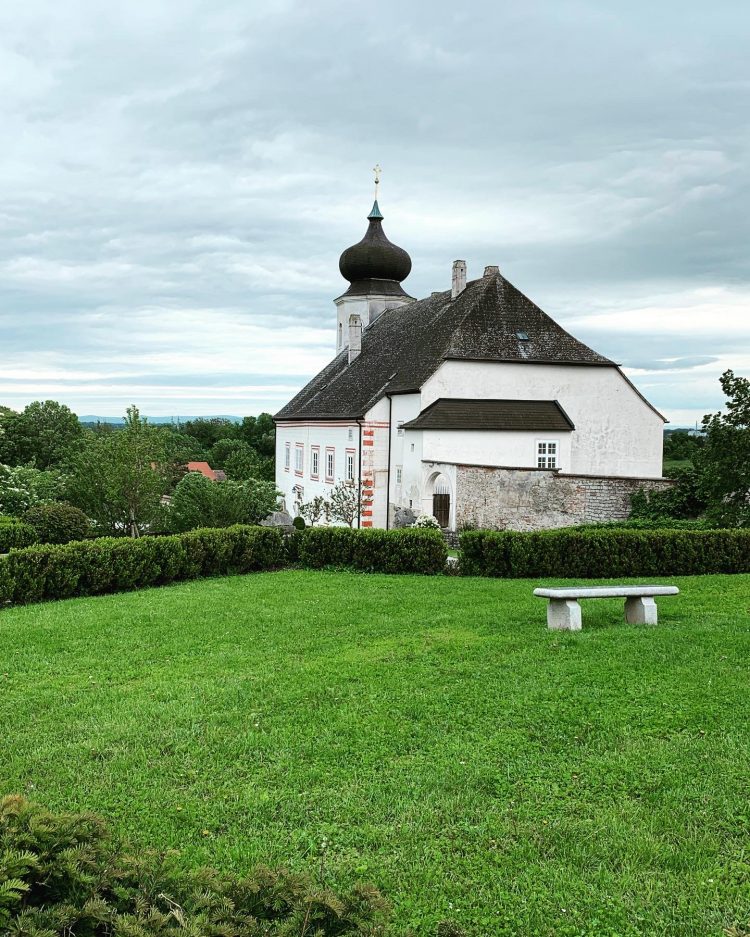

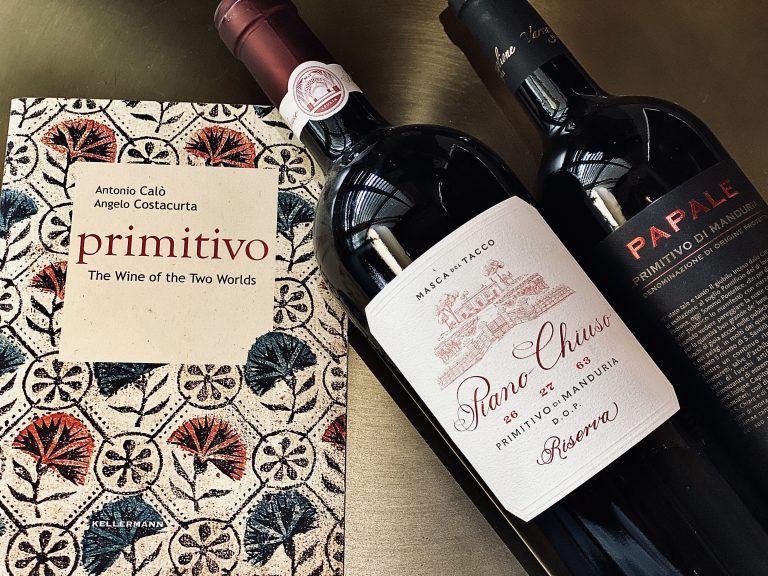
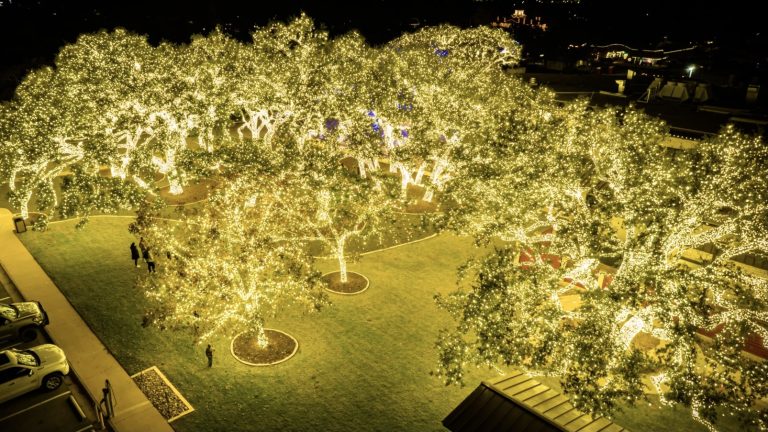
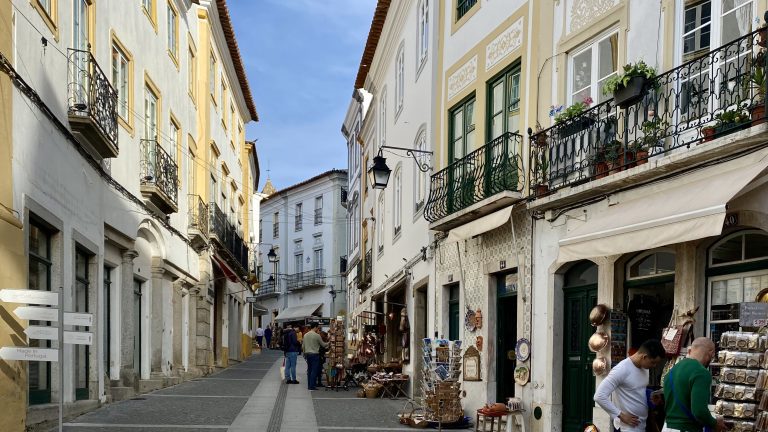

No Comments